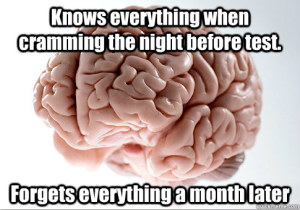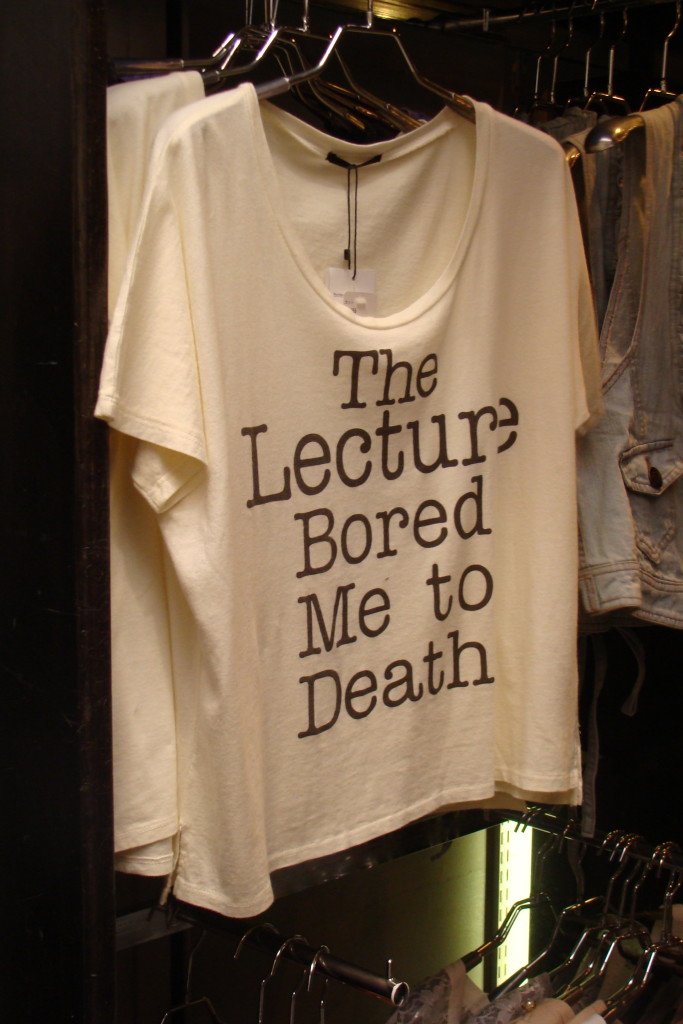In an age where learners can download all of the content they want for free, there is limited value in continuing to feed them a pre-digested, pre-prepared curriculum. The institutions that will thrive in our age of digital hyper-connectivity will do so because of the quality and depth of the learning experiences they offer, the relationships that they foster, the networks that they broker, and their bespoke content generation (research).
This is the long-awaited third installment of my ‘university of the future’ series, all of which commence with a highly self-indugent and fairly provocative quote from yours truly 🙂
In the first two installments last year, I talked about the importance of interdisciplinary experiential learning, and of building a strong community of learners, teachers and industry/community. In this third installment, I’m going to make some remarks about the future university as hub of a global learning and practice network.
Generally speaking, universities are extremely ineffective at social networking. They focus on short-term, transactional and contractual relationships with students and research / commercial partners. They lock down their infrastructure and put their learning resources behind firewalls (cf MOOCS, but these have other problems I’ll get into in another post). They don’t understand that the most productive relationships, even in the online realm and involving payment, are long term, based on trust, and involve sharing and reciprocity.
In the conventional university the pedagogy is closed and walled, with a curriculum that is more or less one-size-fits-all-learners, and based on a distributive (transmissive) system. By contrast, people like George Siemens and Stephen Downes talk about connectivism and networked pedagogy — the idea that learning can be open and connected, characterised by self-regulation, co-creation and investigation. In networked pedagogy, the network is diverse. The learning is adaptive, and adapted, to individual and network needs.
I think that universities are changing.They are employing industry engagement personnel, albeit still mostly for research development, and purchasing CRM systems. They are trying to improve their responsiveness to industry skill needs. However, they still aren’t as responsive as they need to be, in part because they are still addicted to curriculum content (as are the professional accrediting bodies). Our curriculum is quite static. It takes a long time and usually many committees to renew.
I have a vision of the future university as hub of a learning network, encompassing industry, professionals, users and researchers. The university becomes a conduit and knowledge integrator for the latest university and industry generated research and practice trends that students and professionals alike can access as needed. Learners can forage within the network for task-relevant knowledge and information, and apply it to their practice, with the support and facilitation of teachers. They can make new contacts and find new collaborators.
I think I’m actually talking about a ‘meta’university’ model here — overarching, accessible, global, and community-constructed frameworks of materials and platforms. The universities with the best pipelines to industry and academic research, practice and people, that can supply these to learners in useful ways, will be the most successful.

